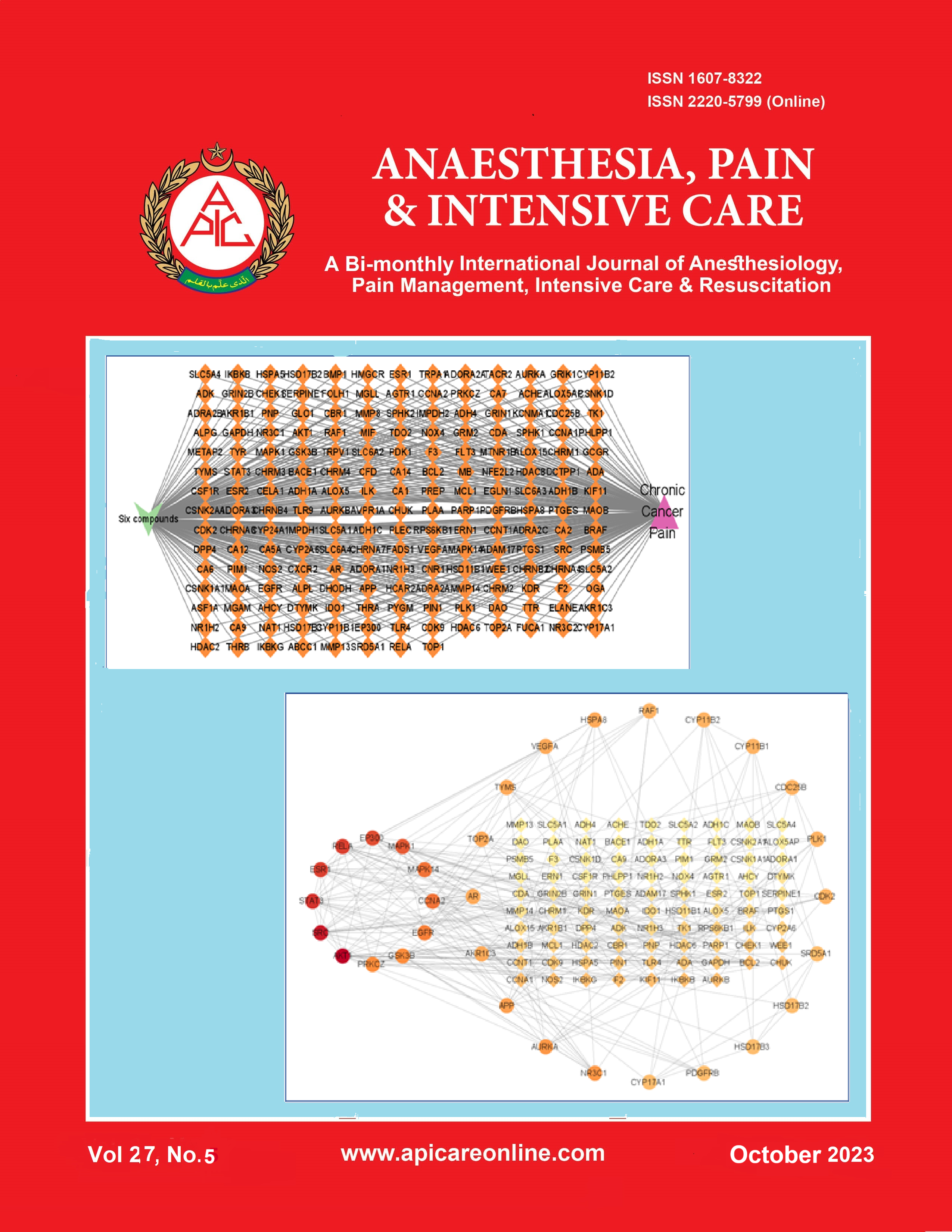The effect of nerve gliding on clinical outcome in batik workers of Yogyakarta with carpal tunnel syndrome
Abstract
Background: The carpal tunnel syndrome (CTS), if left untreated, handicaps the manual workers and incurs heavy financial loss to them due to loss of their productivity and the cost on treatment. The nerve gliding exercises can speed up the rehabilitation process in these patients and improve their function. We aimed to observe the clinical efficacy of nerve gliding in reducing pain enhancing productivity in batik workers.
Methodology: This study is a quasi-experimental and the subject were batik workers in Yogyakarta, Indonesia. Subjects who met the criteria were divided into Group I (n = 18) received nerve gliding with mecobalamin 3x500 μg and Group II (n = 17) as controls received 3x500 μg mecobalamin only. The pain relief was observed in the form of Visual Analog Scale (VAS) score and Boston Carpal Tunnel Questionnaire (BTCQ) score consisting of BTCQ symptom severity scale and functional status scale (FSS).
Result: In paired t-test we found significant decrease in VAS scores in Group II on week 2 and 3. From the Wilcoxon test we found significanly decreased VAS scores on week I, 2 and 3 in Group I. From the Wilcoxon test we found significanly reduced BTCQ scores on week 3 in Group II, and significanly reduced BTCQ scores in Group I at week I, 2, and 3. The decrease in VAS and BTCQ was significantly higher in the Group I than Group II. Based on the multivariate analysis of model I, the nerve gliding gave significant effect on VAS (P = 0.001) and BTCQ (P = 0,000) scores.
Conclusion: There is significant clinical improvement by using nerve gliding and mecobalamin for 3 weeks to batik workers in Yogyakarta.
Abbreviations: BTCQ - Boston Carpal Tunnel Questionnaire; CTS - Carpal Tunnel Syndrome; FSS - Functional Status Scale; NSAIDS - Nonsteroidal Anti-Inflammatory Drugs; PO – Per Orum; ROM - Range of Motion; VAS - Visual Analog Scale
Key words: Carpal Tunnel Syndrome; Clinical Outcome; Nerve Gliding; Safe Working Environment; Human
Citation: Srie Setyaningrum CT, Hidayati HB, Astuti, Ayu Puspamaniar V, Indrihapsari EF. The effect of nerve gliding on clinical outcome in batik workers in Yogyakarta with carpal tunnel syndrome. Anaesth. pain intensive care 2023;27(5):579−584.
Received: November 23, 2021; Reviewed: January 07, 2022 ; Accepted: January 08, 2022 -----














